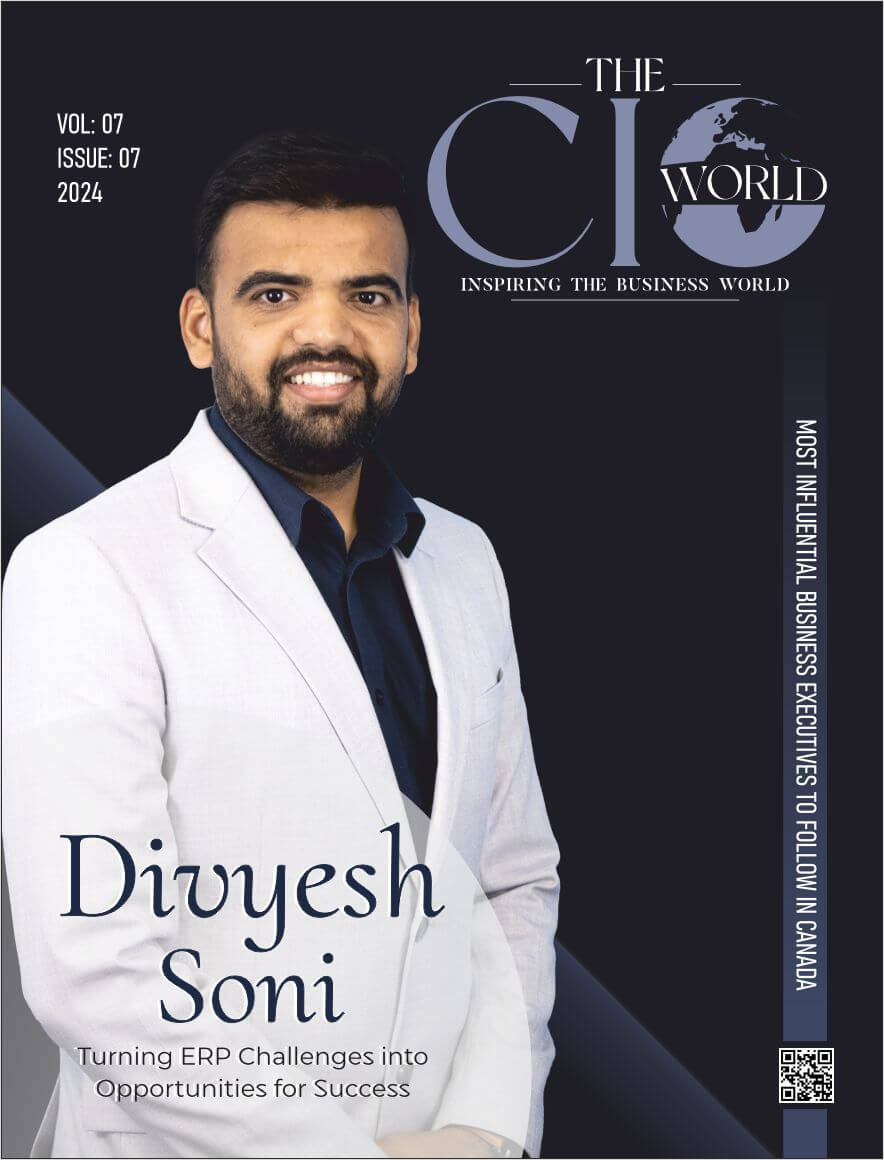While examining any critical health condition, doctors identify and ascertain the reason for the patient’s health situation by checking primary symptoms through the visible changes in skin, nails, hair, and tongue to understand the eating and sleeping habits of the patient.
Moving further to pinpoint the exact illness, doctors insist to conduct pathological tests and several diagnostic procedures, including medical imaging techniques. In recent healthcare advancements, medical imaging plays a significant role throughout the entire clinical process—from diagnostics and treatment planning to—surgical procedures and follow-up studies.
Modern advancements in medical science have brought forward specific and accurate imaging methods that give a clear idea through images of the internal body organs of the patients and provide accurate diagnostic results.
Medical imaging gives an exact image of the affected organ or the body parts to be studied, enabling the doctors in having a clearer idea of the ailment and take decisions on the subsequent treatments.
Providing innovative imaging solutions, Positrigo has emerged as a reliable MedTech organization that has made value-added functional imaging accessible to people worldwide and has been creating a lasting social impact. Headquartered in Zurich, Switzerland, Positrigo is guided by its CEO Dr. Jannis Fischer and its COO Dr. Max Ahnen (both co-founders), in its journey of excellence.
Positrigo has been advancing the clinical routine by facilitating broad research in diagnostics, treatment monitoring and the development of new therapies. With a vision to make functional imaging accessible for people worldwide and to create a lasting social impact. Positrigo makes functional imaging scalable – “imaging everyone!”
Visionary Inspirations
In 2017, Prof. em. Dr. Alfred Buck – the former head of the NeuroPET program at University Hospital Zurich – came to Positrigo with a vision to develop a dedicated brain Positron Emission Tomography (PET) system. One field of use is Alzheimer ’s disease, whose hallmarks can be seen in PET. As more than 100 drugs are on the horizon – 2 of them already FDA-cleared – as an urgent matter. Based on its know-how from particle physics on how to design and build complex detector systems, the Positrigo team went onto the journey of making PET imaging more available and more affordable. Within this year the company will be ready to help Dr. Buck and thousands of his peers to do the imaging their patients in need for a proper diagnosis.
Guiding Leadership
Jannis studied physics at FU and HU Berlin with exchanges to ETH Zurich, the University of California Los Angeles, and CERN. During his PhD at ETH Zurich, he worked on the development of SAFIR, a small animal PET system with unprecedented temporal resolution. BPET (a SAFIR spin-off) started in 2017 with the grant of an ETH Pioneer Fellowship to Max and Jannis. Since then, other awards have followed, e. g. VentureKick and Forbes Europe 30 under 30.
The saga of this phenomenal organization began when Jannis Fischer and Max Ahnen were PhD students in particle physics and the above idea was conceived. With their background in detector design and construction as well as software development, they managed to build a fully functional prototype within two years. It was used to scan ten patients in a pilot clinical trial. This system was the basis for the company Positrigo, which has since built a team of engineers working on making it a medical device.
By the end of 2023, the management expects to have regulatory approval in Europe to start marketing the device.
Driving Fundamentals
Positrigo’s vision is to “imaging everyone,” which means that it wants to broaden the availability of functional imaging and to allow a wide range of patients with brain-related disorders the access to precision imaging. The company is built around the following core values:
- Customer Focus – We put customers first
- Quality – We demand excellence
- Collaboration – We work well together
- Passion and Commitment – We care
Key Differentiators
The product offering of Positrigo is unique as NeuroLF, is one of the smallest dedicated brain PET systems coming to market in 2023. Beside the ultracompact design, the device offers high patient comfort and satisfaction, it comes with an attractive price-value proposition and is intuitive and easy to use.
NeuroLF offers a variety of USPs, namely…
- Limited space requirements
- Intuitive and easy to use
- High patient comfort and satisfaction
- Compelling price-value proposition
Positrigo´s imaging solutions have paved a new dimension in the crucial diagnosis of rapidly evolving diseases of Dementia, including Alzheimer ’s disease, Lewy Body Dementia (LBD), Vascular Dementia, and Frontotemporal Dementia, respectively.
Abnormal brain changes cause the disorders grouped under the general term “dementia”. These changes trigger a decline in thinking skills, also known as cognitive abilities, severe enough to impair daily life and independent function. When there is no test to determine if some patient has dementia, the physicians diagnose types of dementia based on a careful medical history, a physical examination, laboratory tests and functional imaging. Among the various tests, Positron Emission Tomography (PET) is known as the gold standard in functional imaging for dementia diagnosis.
Alzheimer ’s disease has been a serious concern that affects around 40 million individuals worldwide, causing a tremendous medical and socio-economic burden. Specialized dementia diagnosis is critical to be able to offer individualized therapy and to monitor treatment progress. This is precisely why Positrigo has developed a solution which assists in making specialized Alzheimer ’s disease diagnostic more broadly available.
LBD or the Lewy body dementia (LBD), is a disease associated with abnormal deposits of a protein called alpha-synuclein in the brain. These deposits, called Lewy bodies, affect chemicals in the brain whose changes, in turn, can lead to problems with thinking, movement, behavior, and mood. The Positrigo imaging solutions help the doctors in tracing alpha-synuclein and help to identify the possibilities of LBD.
Vascular dementia is basically referring to describing problems with reasoning, planning, judgment, memory, and other thought processes caused by brain damage from impaired blood flow to the brain. Factors that increase the risk of heart disease and stroke — including diabetes, high blood pressure, high cholesterol and smoking — also raise the vascular dementia risk. Controlling these factors may help lower the chances of developing vascular dementia. Positrigo imaging helps in detecting after such and elements that can identify the possibilities of severe diseases, thereby offering the doctors with the right direction in diagnosis and offering the proper consultation to the patients with convincing evidence, making them aware of the gravity of the situation and encourage their cooperation in the treatments.
NeuroLF is an efficient and reliable imaging system that can help in diagnosing Frontotemporal Dementia. Frontotemporal dementia (FTD), a common cause of dementia, is a group of disorders that occur when nerve cells in the frontal and temporal lobes of the brain are lost. This causes the lobes to shrink. These shrinkages are neurodegeneration, which is visible through the NeuroLF imaging of neurodegeneration tracers.
In Neuro Oncology, over the past decades, brain PET with numerous radiolabelled molecules has been evaluated to overcome limitations of conventional MRI in the NeuroOncology assessment. The task force of the Response Assessment in Neuro-Oncology (RANO) working group emphasized that for gliomas, the additional clinical value of radiolabelled amino acids compared with standard MRI is outstanding and justifies the widespread clinical use. It is known that amino acid PET can help to define metabolic hotspots for specific tumour tissue sampling, a technique that can be particularly useful if biopsy rather than open resection is considered.
For neuro-oncologists and medical professionals involved in the diagnosis and care of patients with brain tumors, the following three indications for PET imaging are of particular clinical interest:
- The identification of neoplastic tissue, including the delineation of tumor extent for the further diagnostic and therapeutic management
- The differentiation of treatment related changes from tumor progression at follow-up
- The assessment of response to a certain anticancer therapy, including its (predictive) effect on the patients’ outcome
Epilepsy is one condition that might occur because of a genetic disorder or an acquired brain injury, such as a trauma or stroke. During a seizure, a person experiences abnormal behaviour, symptoms, and sensations, sometimes including loss of consciousness.
For patients with epilepsy a PET scan is used to localize the part of the brain that is causing the seizure activity. There are various PET tracers to measure glucose, serotonin and oxygen metabolism, cerebral blood flow and receptor binding in epilepsy. Imaging brain glucose metabolism with 18Fluoro-2-deoxyglucose (FDG) PET is the most utilized technique in routine clinical practice.
Making an Impact
The vision and goals are designed to make functional imaging accessible to everyone. Positrigo has planned to accomplish this by developing a dedicated brain PET system that is capable to offer functional imaging with the same quality and performance standards as the much larger whole-body devices but at a fraction of today´s cost. This would allow even smaller neurologist offices to offer brain PET imaging thus enabling much more patients to benefit from this highly precise diagnostic modality.
From the Beginning to the End
Besides the initial product training Positrigo team is always ready to help and be of support along the way. It offers trainings on demand for the new employees and / or prepares continuing education opportunities for the previously trained clinicians. Positrigo provides the latest updates on its developments through its clinical newsletters on the following topics of
- Clinical Training on Demand
- Educational Webinars
- Whitepapers and Case Stories
- Continuing Education Opportunities
Expert Opinion
Speaking from the industry perspective, Jannis says, “The healthcare sector is a very challenging sector where the delivery of high-quality patient care contrasts with permanent cost pressure. Therefore, it is – in my view – critical for healthcare providers to constantly look for improvements, process optimizations and to remain innovative. As a medical device manufacturer, we try to support them by offering a state-of-the-art imaging device at a faction of today´s cost.”
Reflecting Experience
Replying as an advice to the young medical professionals, Jannis said, “My advice to entrepreneurs and enthusiasts aspiring to venture into the medical imaging niche is to stay very close to clinicians who are using the imaging technology on a daily basis. This will allow you to design a solution-centred device and a technology that the end users will accept.
In addition, it is prudent to bring a team of subject matter experts together as the development of imaging technology is highly complex and requires unique expertise and skill sets. I am happy and proud to say that we have been very fortunate at Positrigo to attract the right talent to develop cutting-edge imaging technologies.”
Expanding in Newer Geographics
Positrigo’s plan to scale newer horizons is by bringing its first product to market in Europe in 2023. Together with its dedicated sales partners, it plans to deliver the first devices and to recognize revenue by the end of this year. In 2024 the company expects to obtain FDA clearance for its technology which will allow it to penetrate the US geographies. For this reason, Positrigo aims to grow its sales team in the US, focusing on becoming the market leader for dedicated brain PET systems with the vision to “imaging everyone.”







